Home>Gardening & Outdoor>Landscaping Ideas>How To Get Rid Of Webworms In Grass
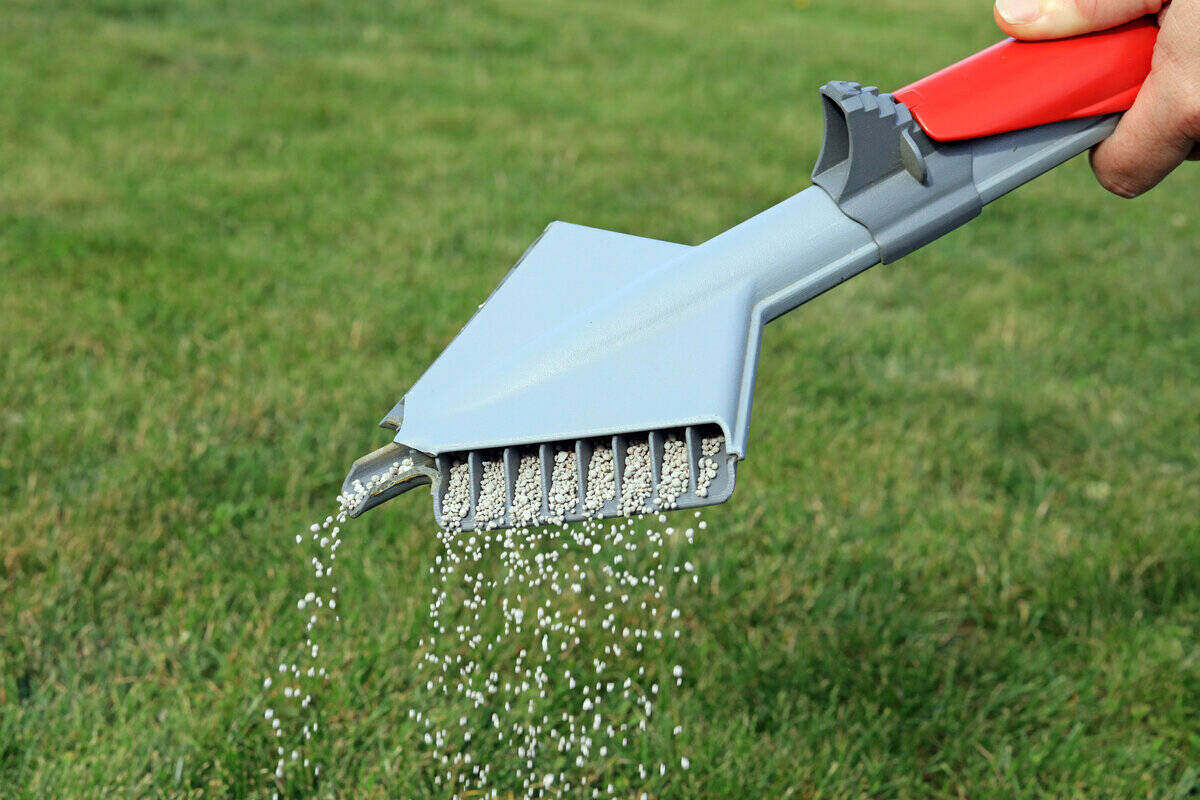

Landscaping Ideas
How To Get Rid Of Webworms In Grass
Published: January 24, 2024
Learn effective landscaping ideas to get rid of webworms in grass and restore your lawn to its healthy state. Discover practical solutions for a pest-free outdoor space.
(Many of the links in this article redirect to a specific reviewed product. Your purchase of these products through affiliate links helps to generate commission for Storables.com, at no extra cost. Learn more)
Introduction
Welcome to the battle against webworms in your lush green lawn. These pesky pests can wreak havoc on your grass, leaving unsightly brown patches in their wake. But fear not, for with the right knowledge and strategies, you can effectively combat these unwelcome visitors and restore your lawn to its former glory.
In this comprehensive guide, we will delve into the world of webworms, learning how to identify them, prevent their infestation, and employ both natural and chemical control measures to eradicate them. By the end of this article, you will be equipped with the tools and know-how to reclaim your lawn and keep it webworm-free for seasons to come.
Key Takeaways:
- Identifying webworms and implementing preventive measures like regular mowing and vigilant monitoring can help keep your lawn healthy and free from these pesky pests.
- Natural remedies such as beneficial nematodes and neem oil, along with cautious use of chemical control options, offer effective ways to combat webworm infestations while prioritizing environmental responsibility.
Read more: How To Get Rid Of Grasshoppers
Identifying Webworms
Before launching into battle against webworms, it’s crucial to understand your adversary. Webworms, also known as sod webworms, are the larvae of lawn moths. These tiny, caterpillar-like creatures measure around 1 inch when fully grown and come in various shades of green, brown, or gray. You may spot them wriggling within silken tunnels or nestled in the thatch layer of your lawn.
One telltale sign of webworm infestation is the presence of small, irregularly shaped brown patches on your grass. Upon closer inspection, you may notice silken webs woven among the grass blades, which the webworms use as protective enclosures while feeding on the grass. Additionally, adult lawn moths fluttering around your lawn during the evening hours could indicate the presence of webworms.
Another method of identifying webworms involves conducting a “soap flush” test. To perform this, mix a couple of tablespoons of dish soap in a gallon of water and pour it over a suspected infested area. The soapy solution will force the webworms to emerge from the thatch, enabling you to confirm their presence.
By familiarizing yourself with the appearance and behaviors of webworms, you can promptly detect their presence and take appropriate measures to mitigate the damage they cause.
Prevention and Maintenance
Keeping webworms at bay begins with proactive lawn care and maintenance. By adopting a few simple practices, you can create an environment that is less hospitable to these pests, reducing the likelihood of infestation.
Regular Mowing: Maintain a consistent mowing schedule, ensuring that your grass stays at an optimal height of around 3 to 4 inches. Taller grass promotes stronger root systems and can withstand webworm feeding better than shorter grass.
Adequate Watering: Proper watering is essential for a healthy lawn. Be mindful of the moisture needs of your grass, and aim to water deeply but infrequently to encourage deep root growth. This can make your lawn less appealing to webworms, as the roots will be more resilient.
Thatch Control: Thatch, a layer of dead grass and organic matter that accumulates on the soil surface, can provide an ideal habitat for webworms. Regular dethatching can help reduce their breeding grounds and limit their population.
Natural Predators: Encouraging natural predators of webworms, such as birds and beneficial insects, can aid in keeping their numbers in check. Creating a bird-friendly environment and minimizing pesticide use can support these natural control agents.
Vigilant Monitoring: Regularly inspect your lawn for signs of webworm activity. Early detection can prevent minor infestations from escalating into major problems, allowing you to take swift action to address the issue.
By incorporating these preventive measures into your lawn care routine, you can fortify your grass against webworm infestations and maintain a healthy, vibrant lawn.
One way to get rid of webworms in grass is to apply a biological insecticide containing Bacillus thuringiensis (Bt). This naturally occurring bacteria specifically targets and kills webworms without harming other beneficial insects.
Natural Remedies for Webworms
When combating webworm infestations, natural remedies offer effective, eco-friendly alternatives to chemical interventions. These methods harness the power of nature to control webworm populations while minimizing harm to the environment and beneficial organisms.
Beneficial Nematodes: Introducing beneficial nematodes, microscopic roundworms that prey on webworm larvae, can serve as a natural and sustainable control method. These nematodes seek out and infect the larvae, ultimately leading to their demise. Application typically involves mixing nematodes with water and spraying the solution onto the affected areas of the lawn.
Bacillus thuringiensis (Bt): Bt is a naturally occurring soil bacterium that produces proteins toxic to certain insect larvae, including webworms. When applied to the lawn, Bt effectively targets and eliminates the webworms while posing minimal risk to humans, pets, and non-targeted wildlife.
Neem Oil: Derived from the seeds of the neem tree, neem oil serves as a potent botanical insecticide. It disrupts the growth and development of webworms, hindering their ability to cause damage to the grass. Neem oil can be diluted and sprayed onto the affected areas to combat webworm infestations.
Manual Removal: For localized infestations, manually removing webworms and their webs can be an effective control method. This approach is particularly suitable for small-scale outbreaks and allows for targeted intervention without the need for chemical treatments.
Beneficial Plantings: Cultivating plants that attract predatory insects, such as ladybugs and lacewings, can help maintain a natural balance in your lawn ecosystem. These beneficial insects feed on webworms and other pests, contributing to the overall pest control efforts in your yard.
By leveraging these natural remedies, you can address webworm infestations while promoting a harmonious and sustainable environment for your lawn and its inhabitants.
Chemical Control Options
When natural remedies and preventive measures are insufficient to manage webworm infestations, chemical control options can provide effective intervention. It’s important to approach chemical treatments with caution, adhering to safety guidelines and considering their potential impact on the environment and non-targeted organisms.
Insecticidal Sprays: Selective insecticidal sprays formulated to target webworms can be applied to the affected areas of the lawn. These products contain specific active ingredients designed to eradicate webworm larvae while minimizing harm to beneficial insects and other wildlife. Proper application and adherence to safety instructions are crucial when using insecticidal sprays.
Granular Insecticides: Granular insecticides offer a convenient and targeted approach to controlling webworm populations. By broadcasting granules over the infested areas, the active ingredients can penetrate the thatch layer and soil, effectively targeting the webworm larvae. It’s essential to follow the recommended application rates and timings to achieve optimal results.
Systemic Insecticides: Systemic insecticides, available in liquid or granular forms, are absorbed by the grass and translocated throughout the plant’s vascular system. When webworms feed on the treated grass, they ingest the insecticide, leading to their elimination. Careful consideration of environmental factors and application guidelines is essential when using systemic insecticides.
Professional Pest Control Services: In severe or persistent cases of webworm infestation, seeking the expertise of professional pest control services may be warranted. Certified professionals can assess the extent of the infestation and implement targeted chemical control measures while adhering to safety protocols and environmental regulations.
Prior to employing chemical control options, it’s advisable to consult with a knowledgeable professional or extension service to determine the most suitable products and application methods for your specific situation. Additionally, always prioritize safety and environmental responsibility when utilizing chemical treatments for webworm management.
Read more: How To Get Rid Of Crabgrass
Conclusion
Congratulations on arming yourself with the knowledge and strategies to combat webworms and safeguard the health of your lawn. By understanding the behaviors of these pests and implementing proactive measures, you can effectively prevent and address webworm infestations while maintaining a thriving outdoor space.
Through vigilant monitoring, regular maintenance, and the incorporation of natural remedies, you can create an environment that discourages webworms from taking hold. Additionally, by considering chemical control options when necessary, you can address infestations with precision and care, minimizing the impact on the surrounding ecosystem.
Remember that a healthy lawn is your best defense against webworms. By promoting strong root systems, fostering natural predators, and staying attuned to the needs of your grass, you can create an inhospitable environment for these pests. Embracing a holistic approach to lawn care not only benefits your grass but also contributes to the overall well-being of your outdoor environment.
As you embark on your journey to conquer webworms, keep in mind the importance of balance and harmony within your lawn ecosystem. Striking a balance between natural and chemical interventions, while prioritizing environmental responsibility, will help you achieve long-term success in managing webworm infestations.
With your newfound knowledge and a commitment to proactive lawn care, you are well-equipped to defend your lawn against webworms and enjoy a vibrant, resilient outdoor space for years to come.
Frequently Asked Questions about How To Get Rid Of Webworms In Grass
Was this page helpful?
At Storables.com, we guarantee accurate and reliable information. Our content, validated by Expert Board Contributors, is crafted following stringent Editorial Policies. We're committed to providing you with well-researched, expert-backed insights for all your informational needs.








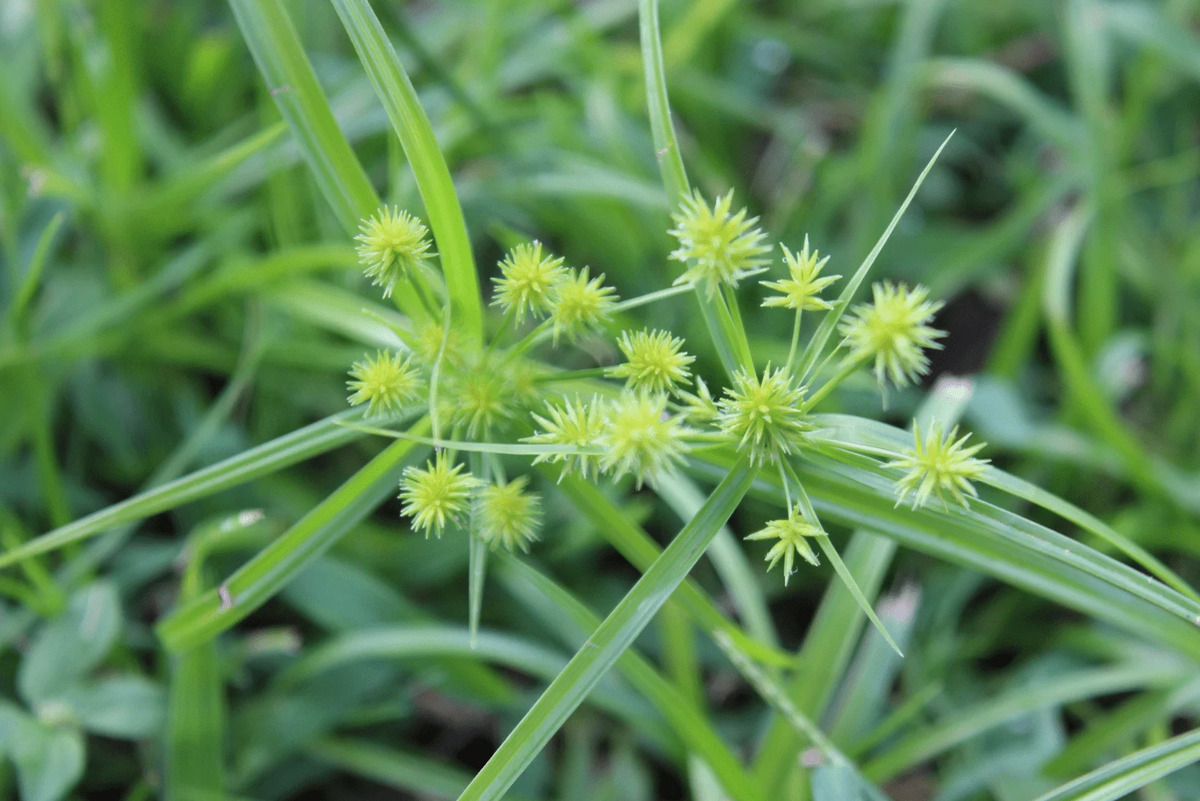
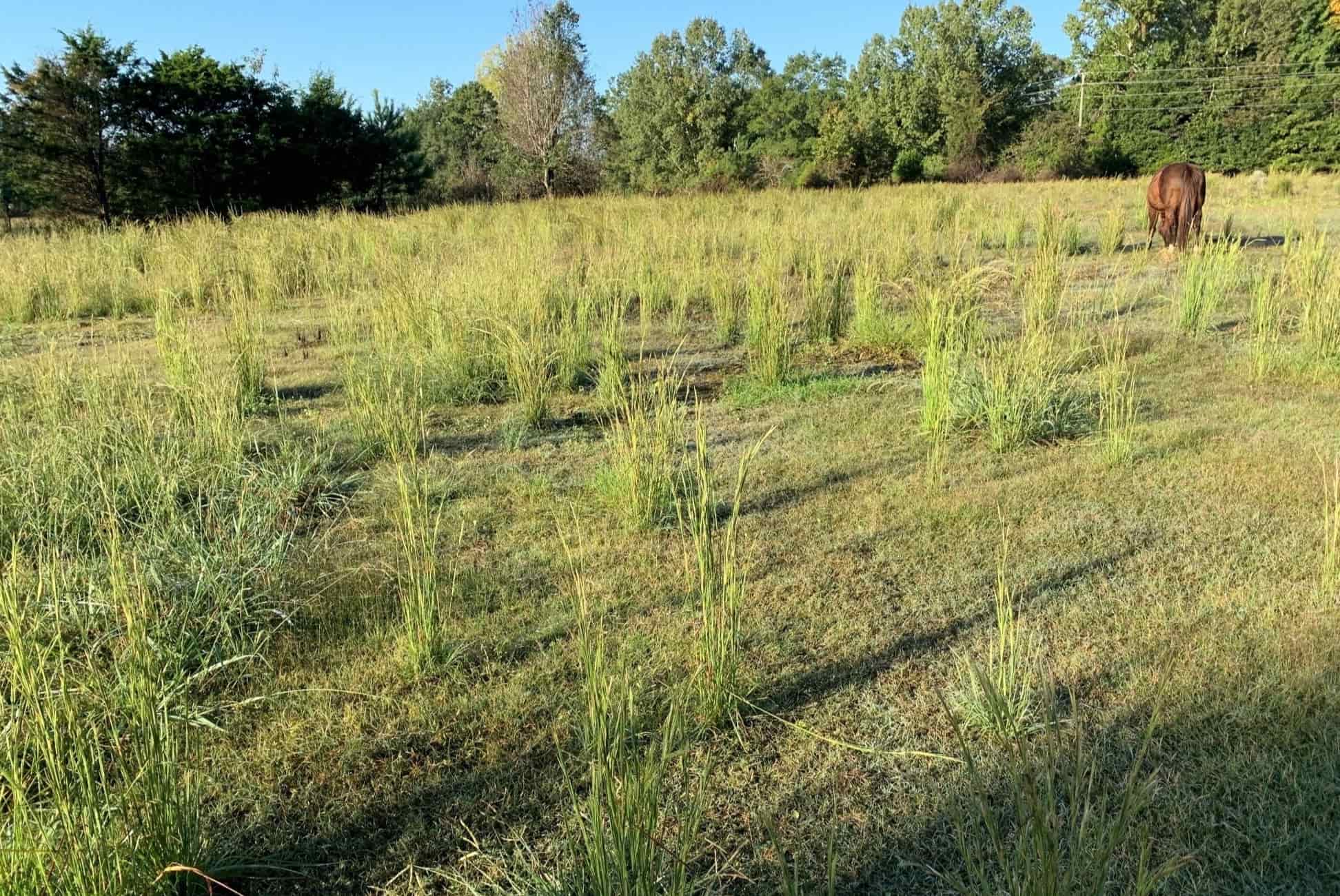
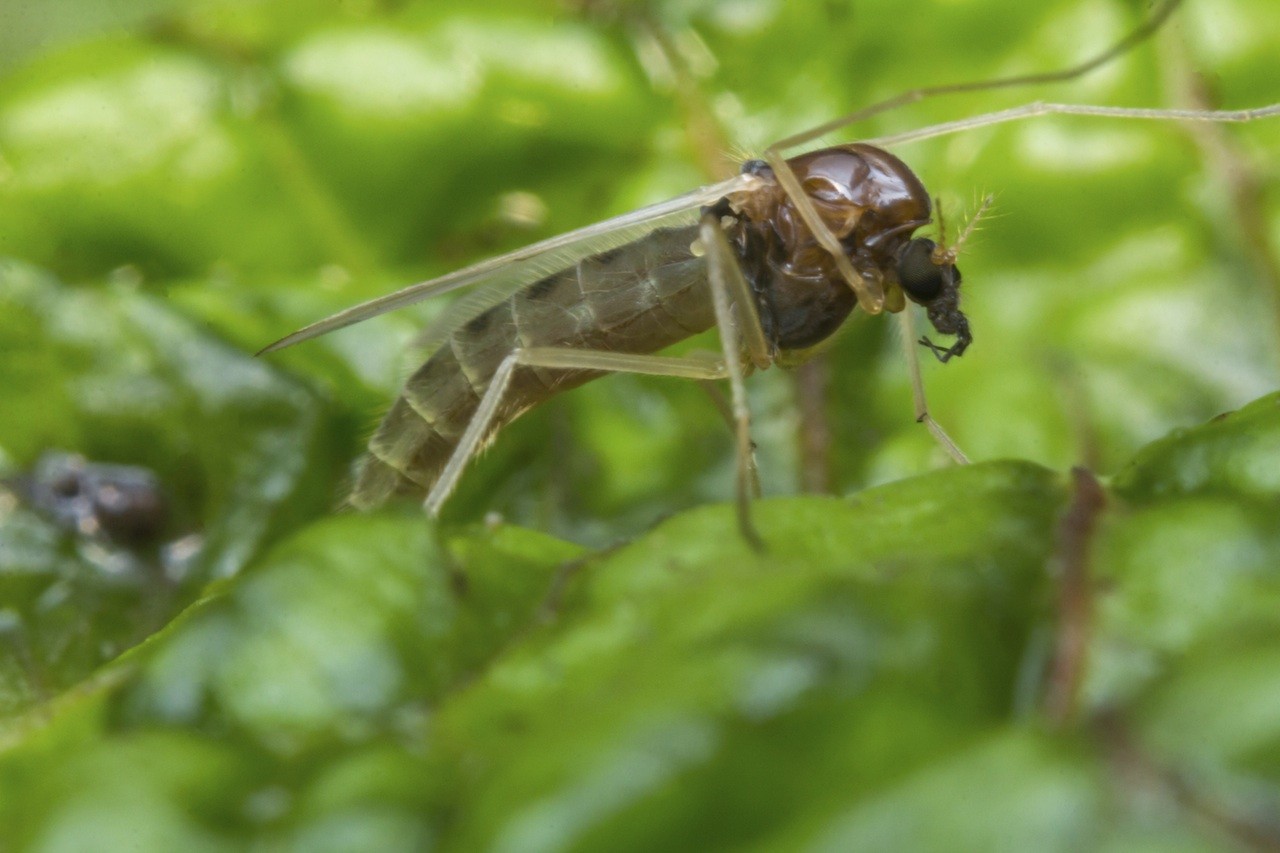
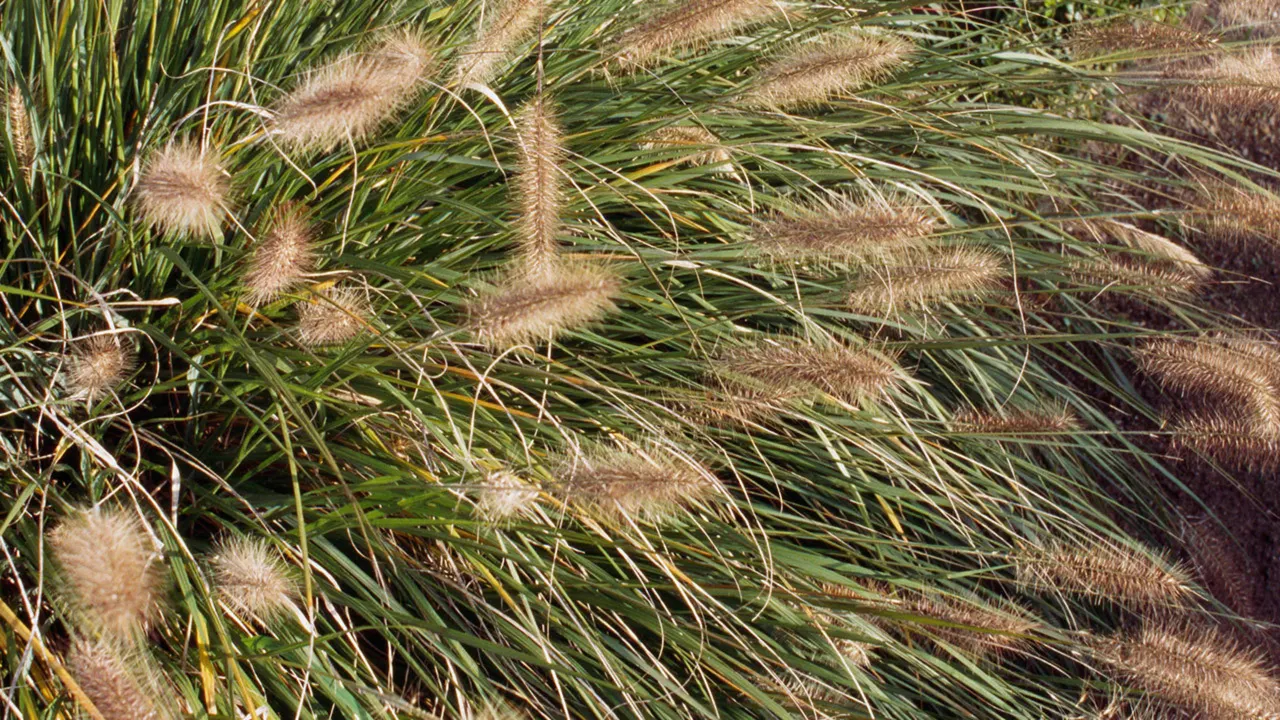
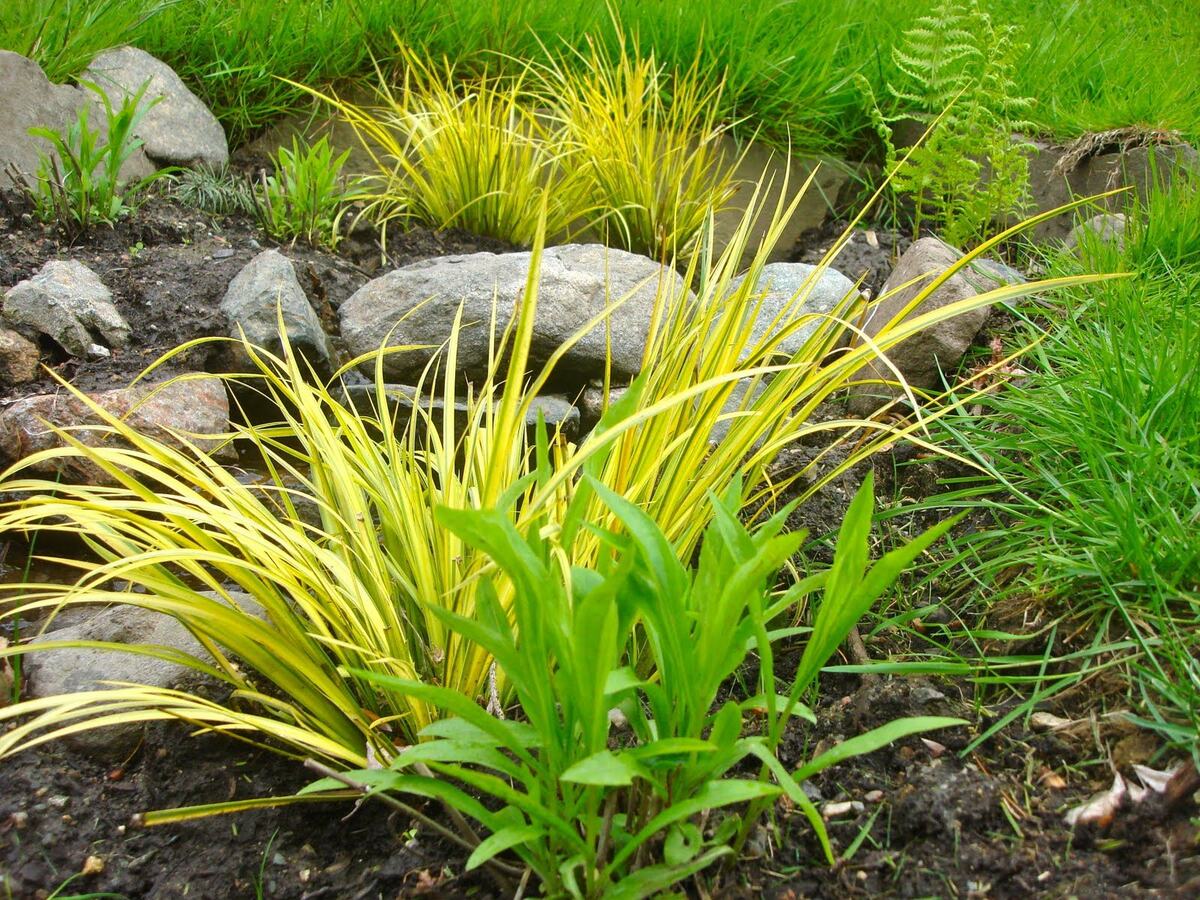
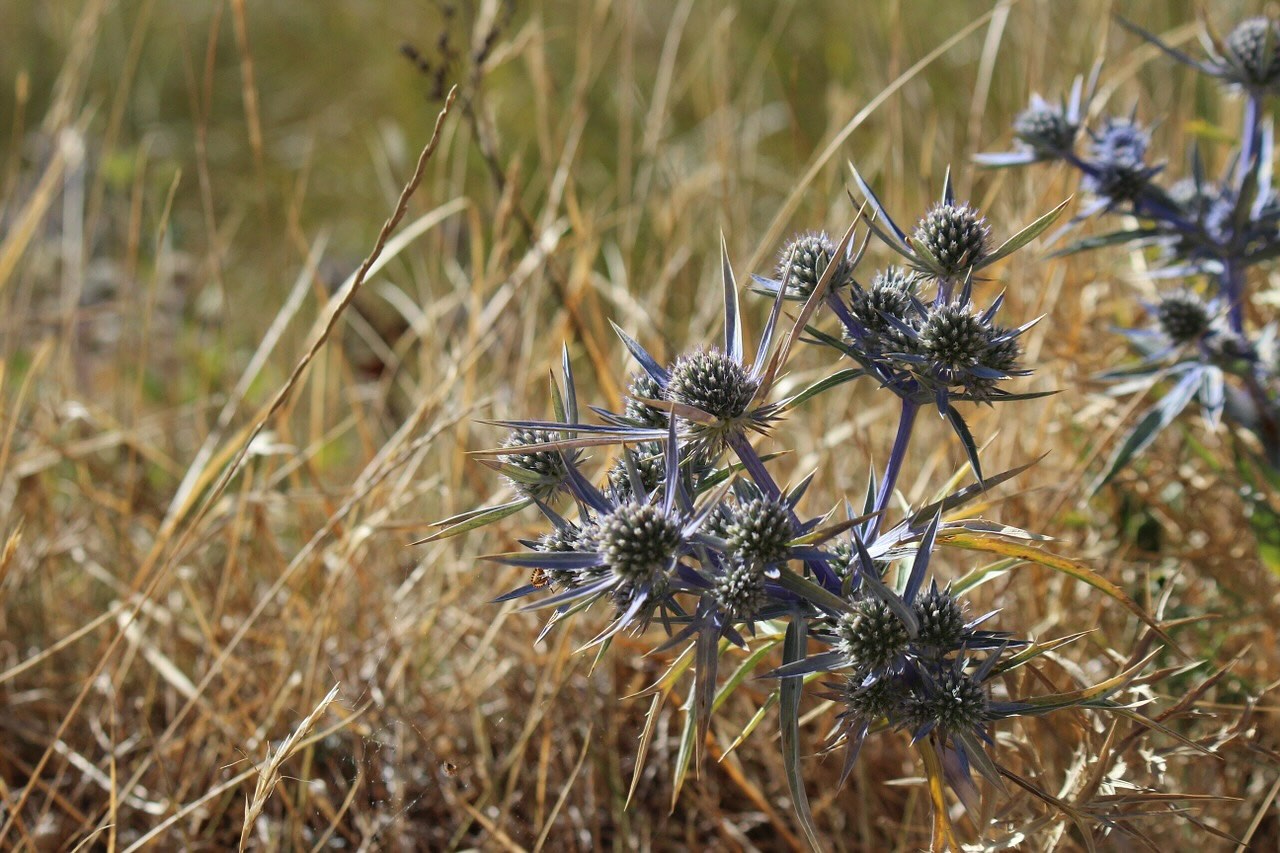

0 thoughts on “How To Get Rid Of Webworms In Grass”